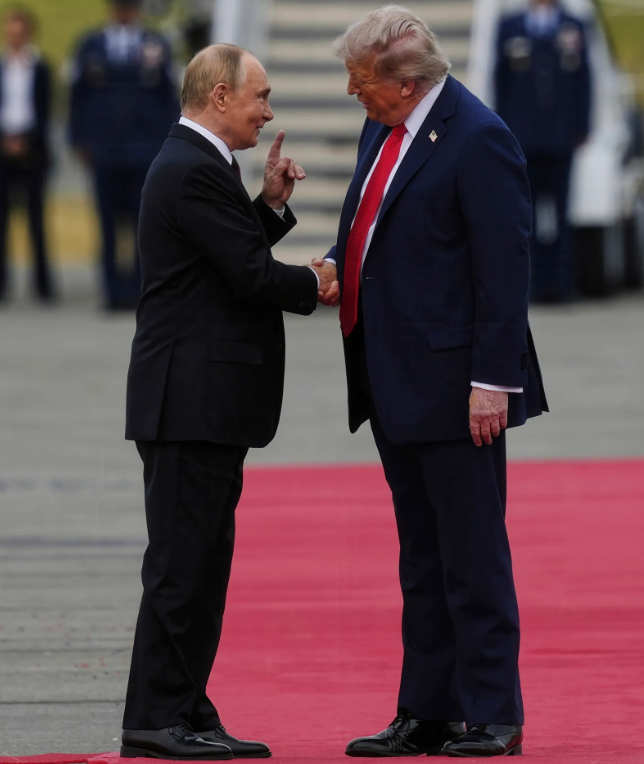The highly anticipated Alaska summit between U.S. President Donald Trump and Russian President Vladimir Putin ended without a breakthrough, leaving India to reassess its position amid rising global uncertainty.
The talks, centered on Ukraine, concluded without a ceasefire or substantive agreement, despite Trump’s push for progress. Instead, Putin appeared to gain symbolic ground by sharing a global stage with the U.S. leader, without conceding much in return.
For India, the outcome carries significant implications. Hopes that a potential deal could ease Washington’s punitive 25% secondary tariff on Indian crude imports remain unfulfilled. These tariffs, imposed due to New Delhi’s continued purchase of discounted Russian oil, are now a focal point in India-U.S. relations.
The Trump administration has linked India’s energy trade with Russia to broader geopolitical leverage. Trump recently claimed that Russia “lost” India as a client after the tariffs, while U.S. Treasury Secretary Scott Bessent hinted that sanctions could be raised if progress with Moscow stalls. Washington has also urged the European Union to impose similar measures on India.
New Delhi, however, has defended its energy strategy, calling the U.S. tariffs “unjustified.” Officials stress that Russian crude is not under direct sanctions and argue that India’s import patterns remain purely economic, pointing to narrowing discounts rather than American pressure as the reason for reduced recent purchases.
With Russia now supplying up to 40% of India’s crude needs, energy security remains a top priority. How India navigates its oil imports in the coming months will largely depend on the trajectory of U.S.-Russia negotiations and Washington’s evolving stance toward New Delhi.
As the global spotlight shifts from Alaska, India remains caught in the crossfire of geopolitical power struggles, balancing energy needs with strategic diplomacy.

